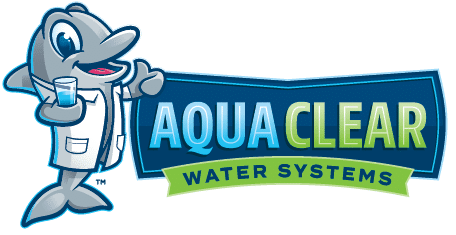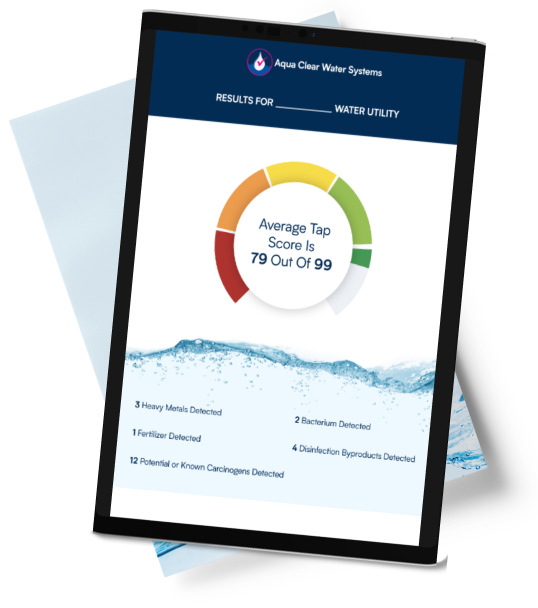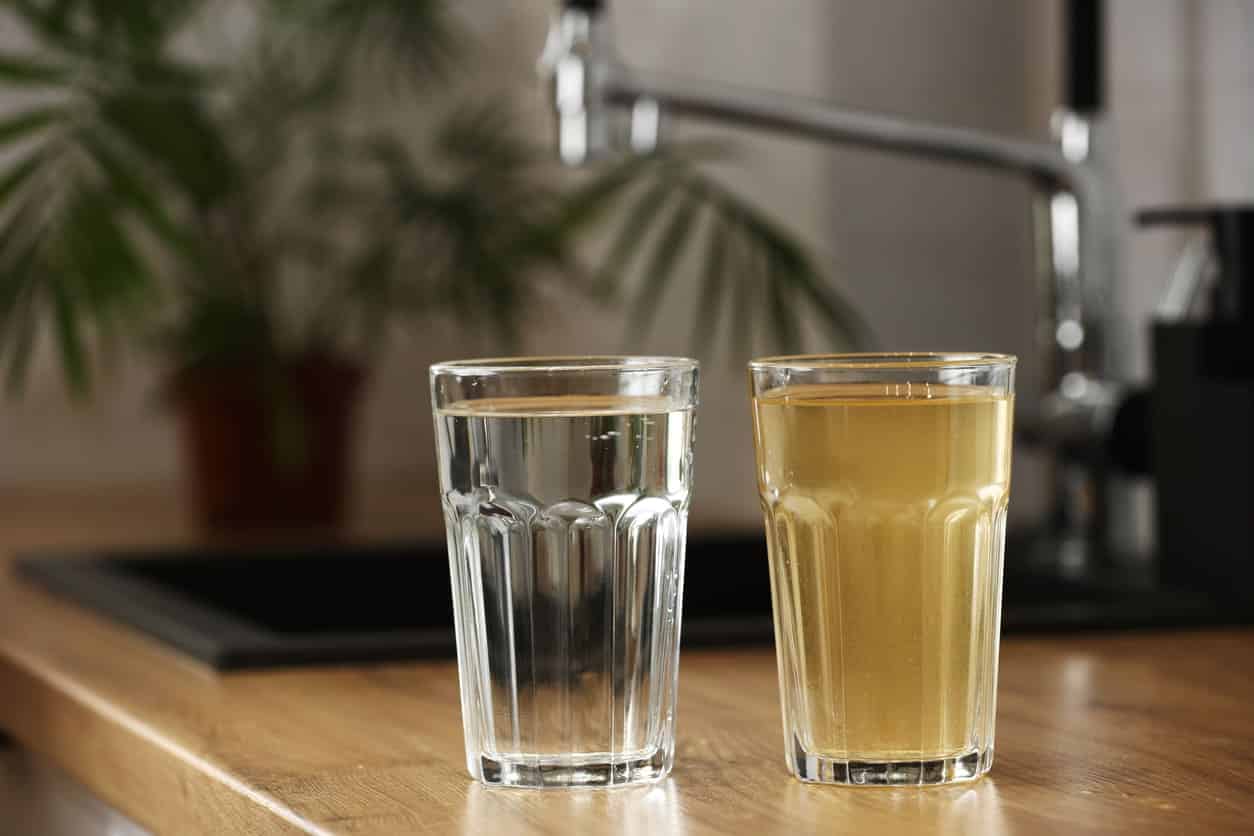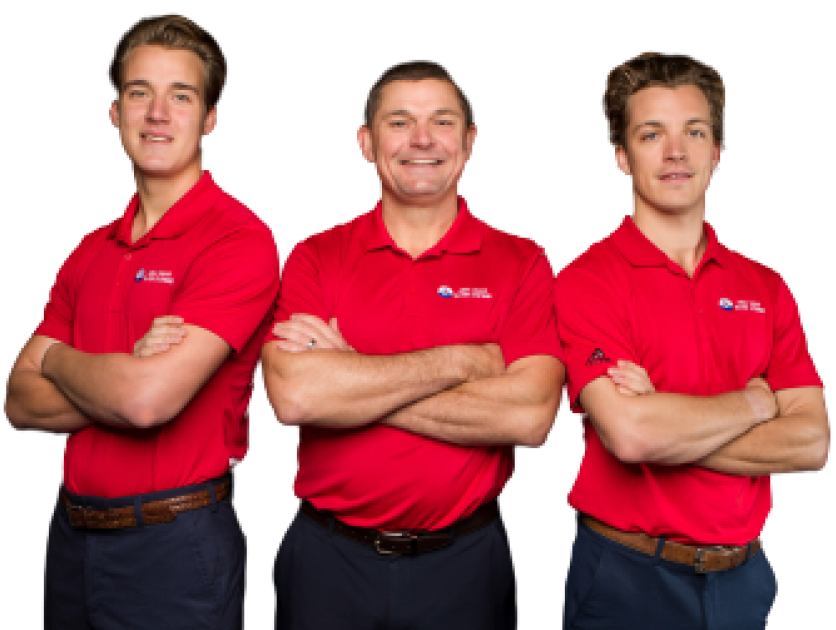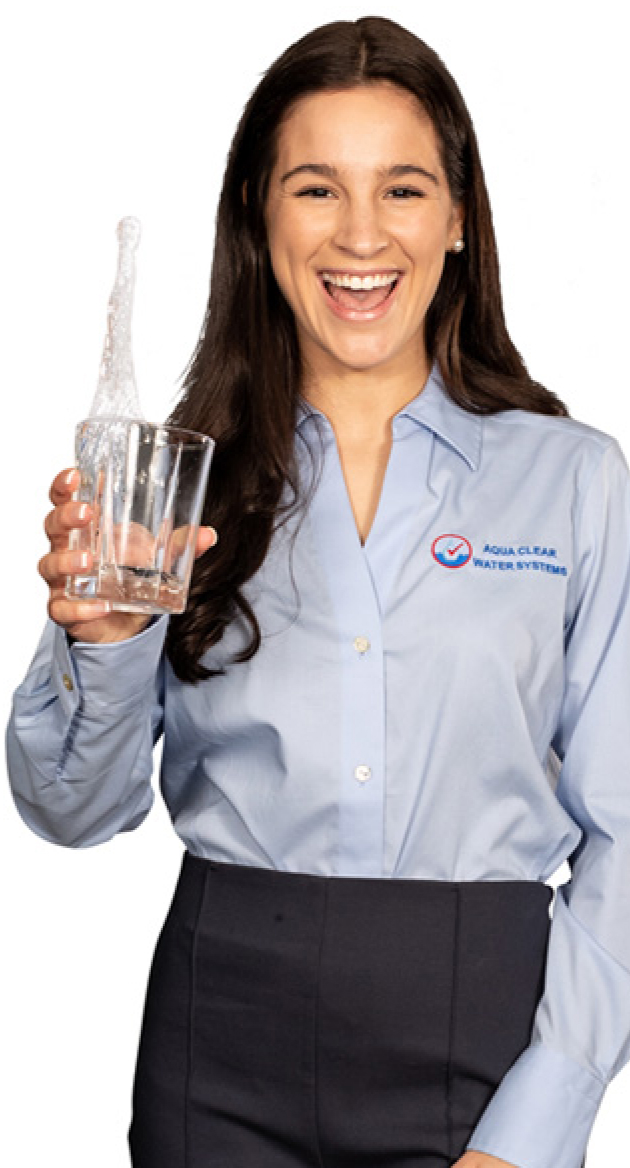In recent years, the market has been flooded with water treatment options for the home. It can be overwhelming to consider all the options and work out which system is the best for you and your family. Reverse osmosis and water softeners both improve the water quality from your taps, but they are very different.
This article aims to help you understand the differences between reverse osmosis and water softening, so that you can decide which system or systems you may need to ensure the best quality of water for your home.
What is a Water Softener?
A water softener is a water treatment system that aims to address problems relating to hard water – that is, water high in minerals such as calcium and magnesium. These minerals, though not harmful for consumption, can cause visible build-up in pipes and appliances which may reduce their efficiency, effectiveness and lifespan.
Water softeners use a process known as ion exchange.
- Hard water flows into the water softening system, passing over beads made of resin.
- Resin beads in the water softener remove calcium and magnesium ions from the water and replace them with other ions, generally sodium or potassium.
- Softened water flows into the home, with hard water minerals remaining in the resin beads.
- The system is flushed regularly with brine to regenerate the resin beads and restore their ability to replace ions.
People choose to install water softeners in their home for a variety of reasons. It reduces the build-up of scale in plumbing systems and reduces the damage done to appliances such as washing machines and dishwashers.
Soaps and detergents are more effective in softened water. Skin and hair also stop feeling so dry (which is a common complaint in those with hard water concerns.)
What is Reverse Osmosis?
Reverse osmosis is a process that removes contaminants and impurities from water entering the home. Unlike a water softener, which focuses purely on mineral content in hard water, a reverse osmosis system can eliminate a broad range of substances which have been found in drinking water in the United States. These include chlorine, lead, nitrates, PFOA/PFAS, heavy metals, VOCs, and bacteria.
A reverse osmosis system puts water through multiple levels of filtration to achieve optimum purity.
- Initially, a pre-filtration mesh removes larger particles of sediment which may damage the more delicate parts of the system needed to treat more complex contaminants.
- Water is pushed through a semi-permeable membrane under pressure. Dissolved contaminants and impurities including various chemicals and heavy metals.
- There may be further processes after the main stage of filtration, to adjust the flavor of the water and remove any lingering odor.
People often mistake reverse osmosis filtration systems for softening their water. However, while some calcium and magnesium may be removed by reverse osmosis, these systems are not designed with water softening in mind so won’t address the issues caused by hard water over time.
Reverse Osmosis vs Water Softener: Key Differences
Water softeners and reverse osmosis systems are not competing for the same role in your home plumbing system. They fulfill different roles, and it can be tricky to differentiate between them without an in-depth knowledge of plumbing, even when referring to online comparisons such as water softener vs reverse osmosis reddit.
H3: Purpose
Water softeners target the minerals in hard water, such as calcium and magnesium, which can leave visible signs of build-up and damage your home appliances.
Reverse osmosis systems target a range of contaminants that may be in your drinking water, which may include chlorine or other disinfectants, heavy metals, bacteria and microplastics. They ensure that your drinking water supply is as pure as possible.
H3: Process
Water softeners use ion exchange to replace calcium and magnesium in hard water with sodium or potassium.
Reverse osmosis systems use the pressure already present in your home plumbing to push water through a semipermeable membrane which can filter out contaminants at a molecular level.
H3: Water Quality
Water softeners do not work on water quality and don’t affect the taste or chemical content of water.
Reverse osmosis systems purify your water supply for cooking and drinking, but do not affect the scale that may build up in pipes and appliances in hard water areas.
H3: Installation
Water softeners are installed at the point of entry, meaning that all faucets and appliances in the property receive softened water.
Reverse osmosis systems can be installed at the point of entry, but such an act is not usually cost effective. Generally, these systems are installed at the point of use e.g. the kitchen sink for purifying drinking and cooking water.
H3: Maintenance
Water softeners require some servicing and every 6-12 months filling upwith salt or potassium pellets.
Reverse osmosis systems tend to need membranes and filters replaced on a strict schedule, which is usually every 1-2 years depending on the water quality.
Reverse Osmosis vs Water Softener Cost
When considering reverse osmosis and water softener advantages and disadvantages, cost is an important factor for any consumer planning to invest in a home water treatment system. There are different costs relating to each stage of the process for both water softeners and reverse osmosis systems, and it is important to know from the outset what your investment is going to look like.
At Aqua Clear Water Systems, we pride ourselves on our expertise and our ability to advise clients on all matters relating to home water treatment, so we are well-equipped to support your financial considerations if you need support.
When considering the initial purchase of the system and installation costs, water softeners are more expensive. There’s no getting around that, with a potential for around $1000 difference between the two systems at the most basic level.
In terms of ongoing maintenance, the costs involved are more level. Water softeners need bi-annuallytop-ups of salt or potassiumpellets plus servicing ever few years; reverse osmosis systems need annual replacements of filters, and every 10 yearsl replacement of membranes.Long-term, a water softener could save you hundreds of dollars by protecting your plumbing system, appliances and fixtures from needing repair or replacement due to hard water damage.
Reverse osmosis systems can also save you considerable money by cutting down on your purchase of bottled water. The long-term convenience and health benefits of reverse osmosis can be priceless to many consumers.
Do I Need Both?
Many homeowners can see value in combining water softening and reverse osmosis to treat their home water supply. One protects the home, and the other protects the lives within it. In this situation, a water softener tends to be installed at the point of entry, where the water enters the home, while reverse osmosis filters are installed to specific faucets used for drinking and cooking.
The decision to choose one over the other, or to select both for your home, is entirely dependent on the needs of the client.
Aqua Clear Water Systems can help you to make sense of the water quality in your area in order to make an informed choice about what filtration could do for you and your family, and what level of filtration is appropriate for your needs. When you know your circumstances and water goals, the decision can be made much more easily.
Conclusion: Which one is Right?
It’s not an easy decision, we know that. Which is why we’ve designed this article to give you as much information, as simply as possible.
- If you’re concerned about the impact of hard water on your plumbing, your appliances and your hair and skin, then a water softener is what you need.
- If you’re aware of contamination in your water supply and want to supply your family with clean and pure water, then consider reverse osmosis.
- If you’re keen to explore both benefits, then maybe you need both systems in your home.
Water softeners and reverse osmosis systems don’t do the same job, but they can work in tandem to produce the best quality water for your home. Assess your household needs and local water quality, then contact Aqua Clear Water Systems to explore the perfect fit for your home.
